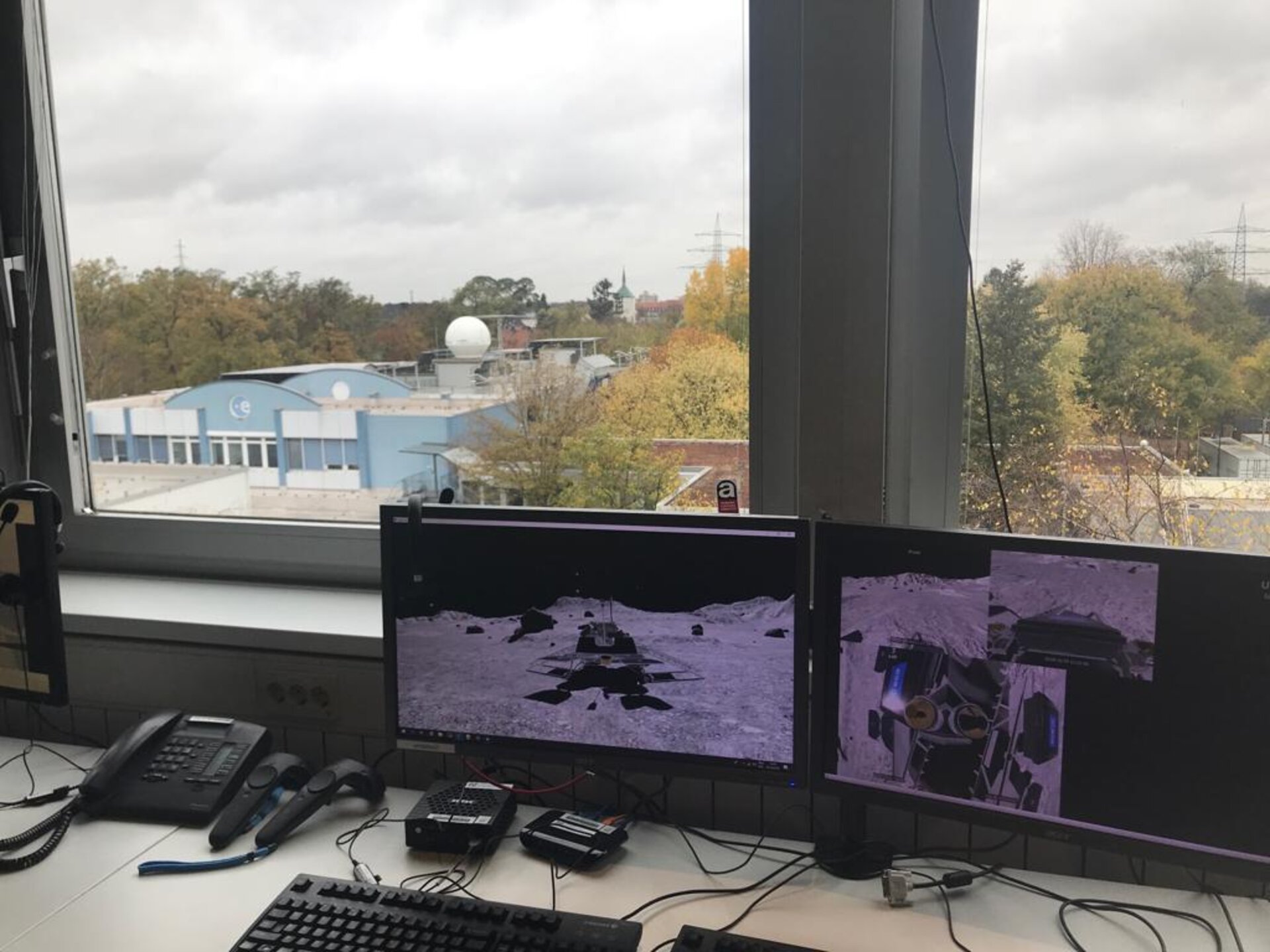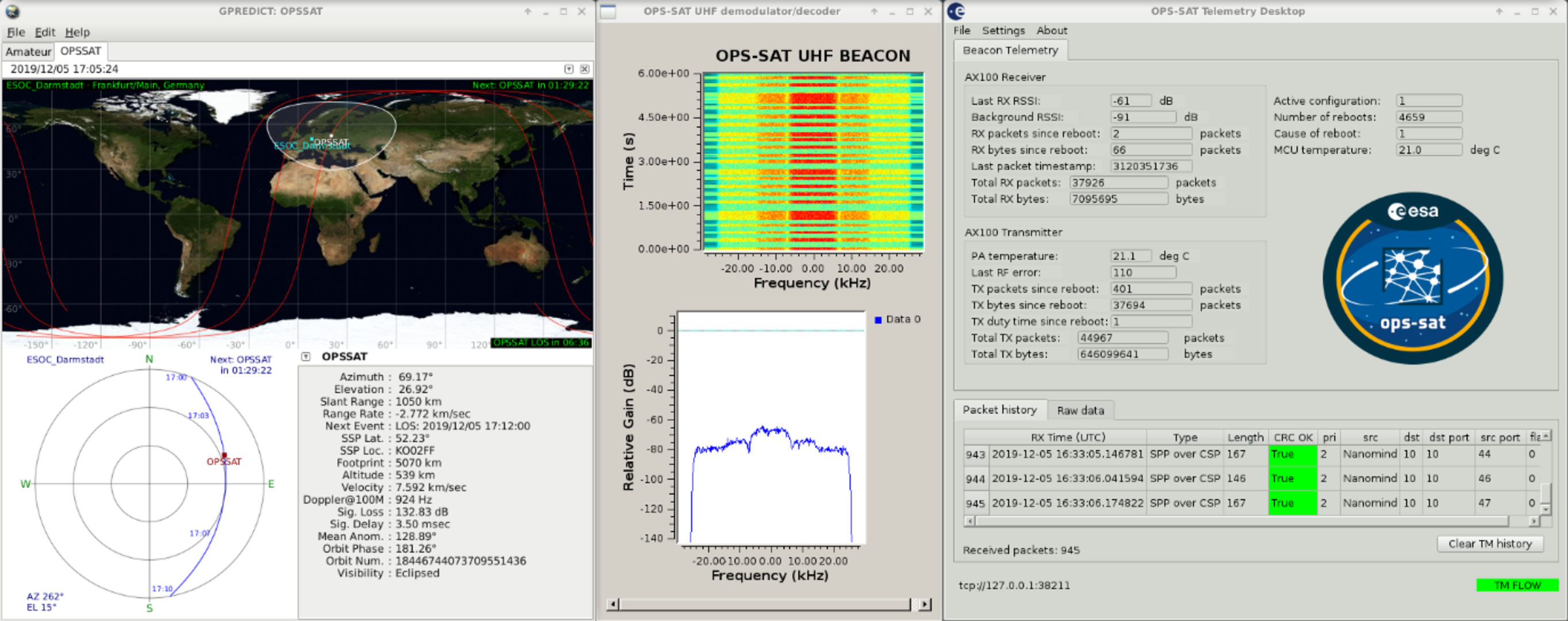14.12.2019
Calling all radio amateurs! ESA is challenging anyone with amateur radio equipment to catch the first signals from OPS-SAT, ESA’s brand new space software laboratory.
On 17 December, OPS-SAT will be launched into low-Earth orbit on a Soyuz rocket from Kourou, French Guiana, together with ESA’s Cheops exoplanet-tracker.

Once launched, the satellite will deploy its solar panels and ultra-high frequency antenna, and then start to send signals back home.
Could you be the first on Earth to catch them? ESA’s mission control team in Darmstadt are asking for your help to find the fledgling CubeSat.
In-space laboratory
OPS-SAT is a first-of-its-kind CubeSat dedicated purely to experimentation. It carries a wide variety of advanced payloads allowing ‘Experimenters’ to deploy and test their software and apps in space.
Anyone can apply to be an Experimenter! Find out more about the mission, and how to apply, here.
The nitty gritty

Lift-off is scheduled for 08:54:20 UTC on 17 December. Deployment will begin 15044.6 seconds later (T+15044.6 seconds), expected to be at 13:05:04 UTC.
OPS-SAT will begin transmitting 15 minutes after satellite deployment and after ultra-high frequency (UHF) antenna and solar array deployment have been confirmed. The first two passes over Europe are expected on the same evening.
To track OPS-SAT, a preliminary launch TLE is available here, and will be updated as soon as new orbital information is available.
Main downlink characteristics
| Name | Specification |
| Space segment transceiver | GomSpace NanoCOM AX100 |
| Frequency | UHF – 437.2 MHz |
| Modulation | GMSK |
| Occupied Bandwidth | 25 kHz |
| Baudrate | 9k6 |
| Modulation Index | 0.5 |
More information can be found here.
Set up your own mission control
The OPS-SAT flight control team has developed open source software which allows anyone to receive the UHF beacon of OPS-SAT and decode it. A set of ‘GnuRadio’ applications have been developed and are available here.
You can use a wide range of ‘software-defined radios’ (SDR’s) supported by GNURadio to receive the UHF signal. The application toolkit consists of a receiver and demodulator flowgraph as well as a GUI telemetry desktop, decoding data packets coming from space in real-time.

The first three radio amateurs to receive at least five correctly decoded frames and submit them to ESA get an exclusive invite to the OPS-SAT Experimenter day in March 2020, as well as a tour of the control facilities and ground stations at ESA in Darmstadt, and of course a certificate.
Submission
After receiving the signal from OPS-SAT, amateurs wishing to participate must fill in this form, providing information on their location and submitting their ‘Logfile’.
Quelle: ESA
